
Hearing news of a wild animal becoming endangered is always heart-breaking. Human greed, poaching, and deforestation have resulted in stories like these to become unavoidable nowadays. That being said, are you aware that several invaluable animal species have been saved from extinction in the last many decades? Read on to know how some rare and endangered animals, through efforts of humans, have been saved from extinction.
#1. Siberian Tiger

Tigers are probably the first name one would encounter on the list of endangered animal species, so much have their numbers declined over the years. While efforts are being constantly made to save the panthera tigris, not much is often written about its cousin the Siberian Tiger (panther tigris tigris).
Also known as the Amur tiger, these beautiful big cats, native to the Russian Far East and Northeast China, were believed to have no chance at survival about 60 years back. In the 1940s, in fact, it was said that there are only close to 40 Siberian tigers left in the Russian wild. However, a timely and much-needed ban on tiger hunting along with dedicated efforts on conservation brought this magnificent species back from the brink of extinction.
By 2005, more than 400 Siberian Tigers were reported in the wild. The number has increased to about 540 in 2019.
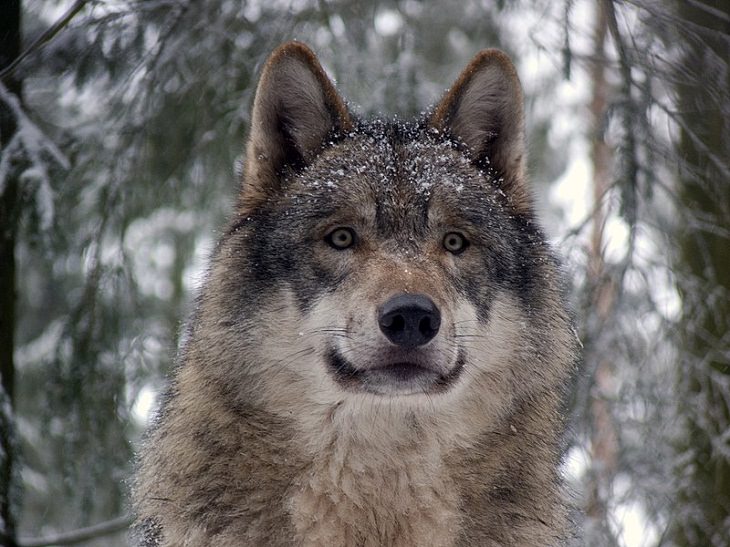
(Source: Wikimedia Commons)
Native to most of North America, Europe, and Asia, gray wolves suffered a rapid decline in population throughout the past century. In fact, according to a 1960 count, there were only 300 gray wolves left among the woods of Wisconsin and Minnesota. This was a steep fall from the 2 million gray wolf population that once roamed the United States. The sharp fall in their numbers was primarily because of the destruction of their habitats and persecution by humans who considered them a threat.
Mercifully, the gray wolf found protection under the Endangered Species Act in 1974. Ever since, determined efforts have been made to bring the species back to its original habitats. The efforts have borne fruit, and today, there are more than 6,000 gray wolves estimated across the West and Great Lakes. The species is no longer classified as endangered.
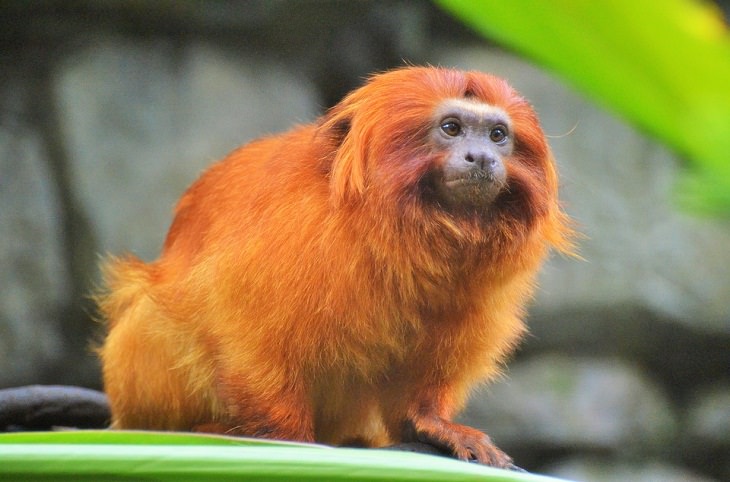
Zoos often don't get the credit they deserve for the role they play in conserving several endangered species. The Golden Lion Tamarin is one such rare species that have been saved from extinction through conservation programs initiated by zoos. These furry and social South America primates were struggling for survival once, with only 200 individuals left in the wild. Concentrated efforts by conservation institutions and zoos have seen these precious primates survive.
Today, about 2,500 Golden Lion Tamarins are believed to be alive in the wild. Interestingly, about a third of these wild tamarins were reintroduced into the wild through the aid of human care while in captivity. Golden Lion Tamarins are still endangered, but zoos and intensive efforts by conservation organizations give them hope for the future.
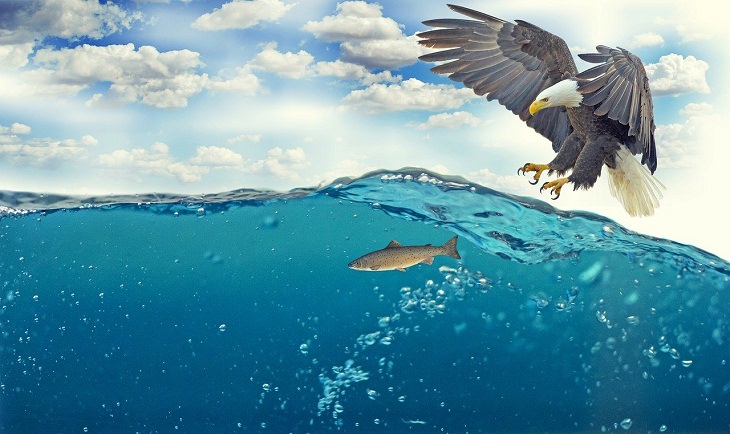
In the 1700s, there were close to 500,000 bald eagles in the United States. Their population was thriving. Sadly, by the 1950s, the number dropped alarmingly to only 412, and they were in danger of being completely wiped out. What was the reason for this sharp fall? The answer is large-scale hunting and deforestation.
In 1967, the bald eagle made the Endangered Species List. This is when hunting bans were enforced all across North America. Fortunately, the ban was followed strictly by the authorities and the bald eagle population slowly began growing again. The number of these magnificent birds today stands close to 70,000 in the United States alone. There has also been a great change in the way the general public regards the bald eagle today; it is the national bird and a symbol of national pride in the United States.
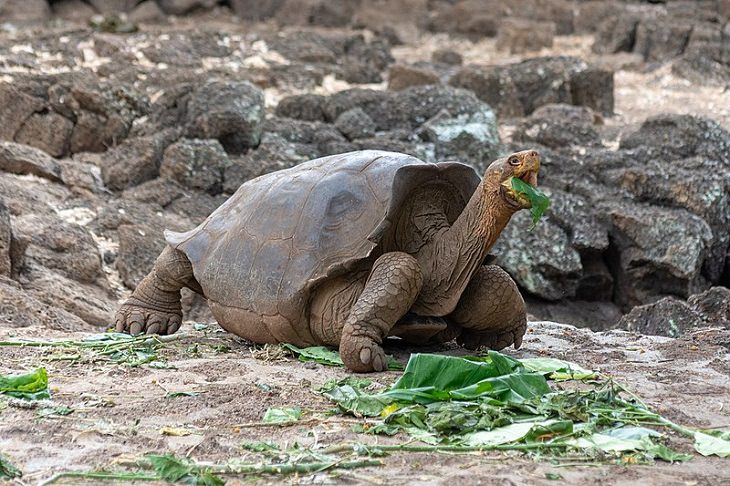
(Source: Wikimedia Commons)
One of the most extraordinary creatures in nature, the Galapagos Giant Tortoise was facing the threat of extinction not too long back. Native to the Galapagos Islands in Ecuador, these giant tortoises faced grave threats to their survival, as their numbers fell to 3,000 only 40 years ago. It is believed that more than 250,000 Galapagos giant tortoises were alive in the wild by the 1500s. They were greatly hunted as food and lost a major part of their habitat in the centuries that followed.
Captive breeding efforts over the past several decades have played a major role in increasing the population of the Galapagos giant tortoises. Reduced deforestation and hunting have helped, too. Today, there are about 20,000-25,000 of these tortoises in the wild, and measures are being consistently taken to ensure their safety.
The Galapagos giant tortoise is a rare animal that has an average lifespan of over 100 years – the oldest one of the species lived to the age of 152.
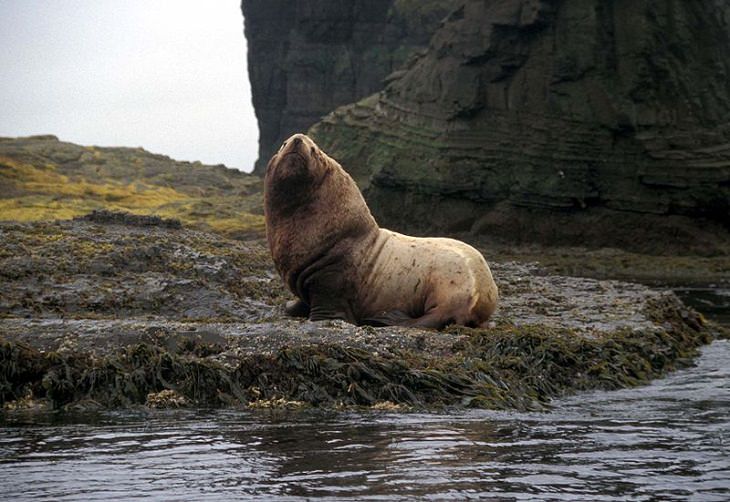
(Source: Wikimedia Commons)
Sea Lions have been the primary attraction at countless zoos and aquariums across the world for years. It is hard to imagine that these graceful creatures have been hunted vigorously over the decades. Steller sea lions, close cousins of the sea lions you typically encounter in captivity, especially, have been a victim to the worst of the man-made hazards, which brought about a grave reduction in their numbers. A combination of illegal hunting, entanglements in drift nets, offshore drilling, and even oil exploration all contributed to the dramatic decrease in numbers.
By the late 1990s, more than 80% of the Steller sea lions, also known as the northern sea lion, were believed to have been wiped out. It was only after they were added to the Endangered Species List that measures were taken to save this species. Continued rehabilitation efforts produced great results and the Steller sea lions were removed from the Endangered Species Act in 2013. Today, their population is thankfully somewhat restored, with more than 81.000 Steller sea lions living in the wild.
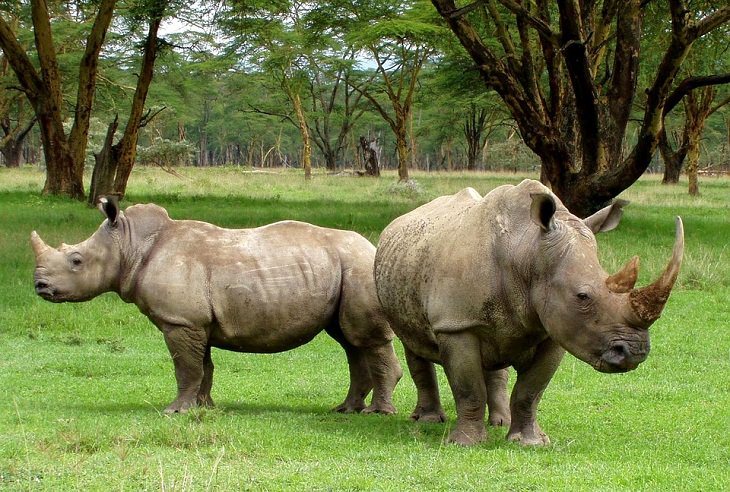
Once thought extinct, the white rhino is a significant conservation success story of the modern era. Poaching and illegal trading of their precious horns had brought this species to the edge of extinction.
It was primarily due to sustained conservation steps in their native habitats of Kenya, Namibia, South Africa, and Zimbabwe that the southern white rhinos have made a strong comeback in the wild. From being critically endangered, the white rhinos are now classified as ‘Near Threatened’, meaning they are no longer endangered. There are more than 20,000 southern white rhinos roaming in the wild today. Unfortunately, though, there are only two members of the northern white rhino surviving in captivity at present.
What mustn’t be forgotten, also, is that poaching and illegal trading of rhino parts still remain a major threat to the species.
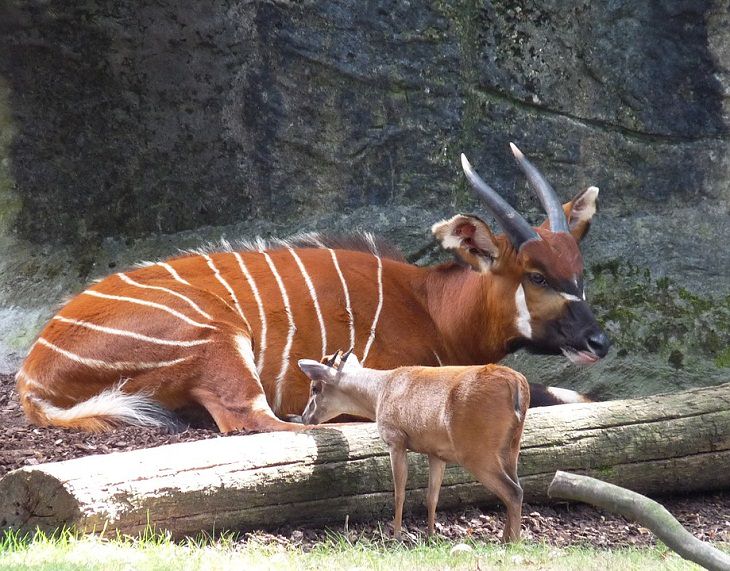
The bongo is an antelope species that is distinguished by noticeable stripes and a vibrant coating all over its body. This elegant antelope are scattered all across Africa, but the largest numbers are found in a dense and distant region of Kenya. These rare African mountain antelopes are said to be one of the last large mammal species to be discovered.
Poaching and habitat loss had once brought these elusive animals in danger of extinction. As their numbers dropped shockingly, steps were taken to raise bongos in captivity in the last few decades with good results. The bongo is categorized as Lower Risk/ Near Threatened today, and there are fewer than 150 individuals of their species left in the world. This may still be a very low number, but it is still a general improvement from where the poor animal was heading at one point.
Currently, there are perhaps more bongos in captivity than in the wild. Zoos across the world, too, are collaborating on a Bongo breeding program that should help ensure the survival of this rare species.